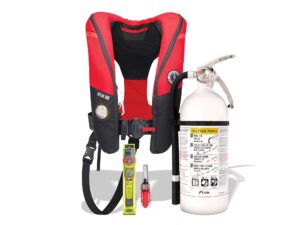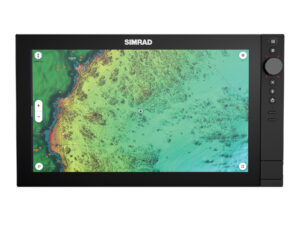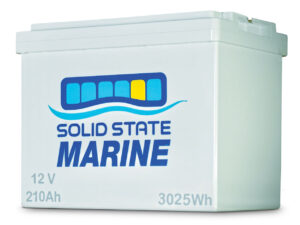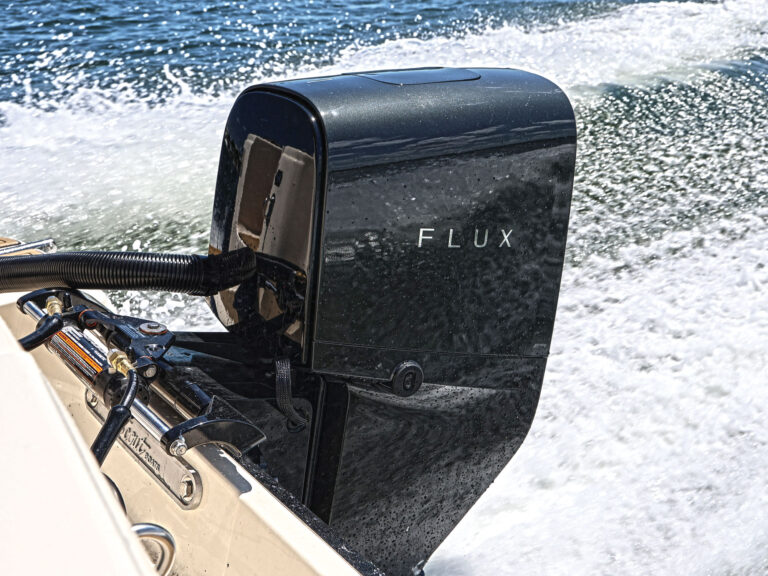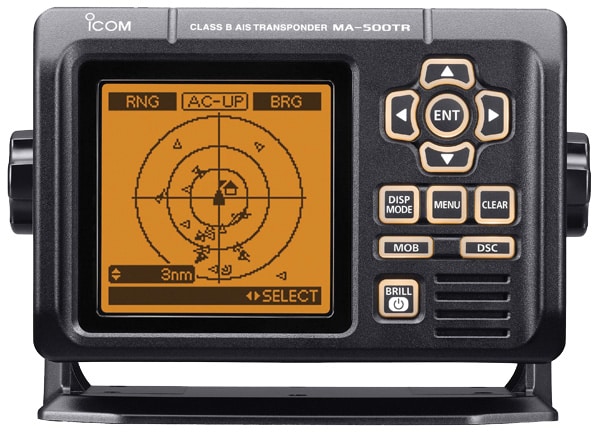
Q. Does the Automatic Identification System (AIS) replace radar?
A. Assuming you have an AIS receiver, this VHF-based system provides details about boating traffic. With AIS reception, a triangle appears on your navigation screen that indicates the position of any vessel broadcasting an AIS signal. This includes most large commercial craft and some pleasure boats. You can also access the name of the vessel, its speed, heading and rate of turn, as well as its length, beam and draft. You may also learn the vessel’s destination and port of origin and, in some cases, see if it’s transporting hazardous materials.
If your boat is equipped with an AIS transceiver (which receives and sends AIS signals), the same type of information about your boat will be accessible to other AIS-equipped boats. However, AIS should not be considered a radar replacement, as many boats do not broadcast AIS signals, nor do many other obstructions, such as breakwaters. Radar, on the other hand, sees just about everything (except the AIS-equipped boat behind a point of land, ship or jetty). Use AIS to augment, rather than replace, your marine radar.
What Range Can You Expect from VHF Radio Signals?
AIS gives you navigation confidence in situations where you may encounter the unpleasant experience of dodging other vessels in a crowded harbor or darting across heavily trafficked shipping lanes at night. With the name and or radio call sign of a ship posing a navigation threat, you are able to immediately call the captain directly and exchange navigation information and intentions.
One of the most important features of Class B AIS transponders (an AIS that not only receives AIS data from other craft but transmits it as well) is that it allows you to broadcast much of the same information to boats and ships around you. This helps you stand out and makes your boat appear as large as that of a tanker to others.
Like VHF radio signals, another positive aspect of AIS is that its signals can be received and transmitted even though you are not able to see a vessel that is using AIS. For example, when approaching a harbor entrance you will often be able to “see” boat and ship traffic coming and going inside the harbor before you even reach the entrance. In this sense AIS serves as a kind of radar that “sees around corners”!
Adding AIS to your boat may be simpler than you think. Here are some common ways:
AIS Add-On Modules
You might not realize it but you may already have most of the equipment you need to use AIS on your boat. Most existing multifunction navigation GPS/chart-plotter displays will accept optional AIS plug-in “black box” modules. The Navico NAIS 400S ($929) will work with many current and earlier model Simrad, Lowrance and B&G displays. Owners of Raymarine multifunction displays can connect Raymarine’s AIS650 module ($899) for AIS operation. Similar AIS electronics modules are offered by most GPS/chart-plotter manufacturers.
Stand-Alone AIS Sets
The Icom MA500TR ($730) and Vesper AIS Watchmate 850 are sets that transmit and receive AIS data and display them on their own miniature integrated screens.
Receive-Only AIS Sets
You can view nearby vessel traffic without the ability to transmit your boat position and navigation data with receive-only sets such as Raymarine’s AIS350 ($350) add-on module or the innovative Standard Horizon GX2200 Matrix ($399.99) combination VHF radio with built-in GPS and AIS receiver.

